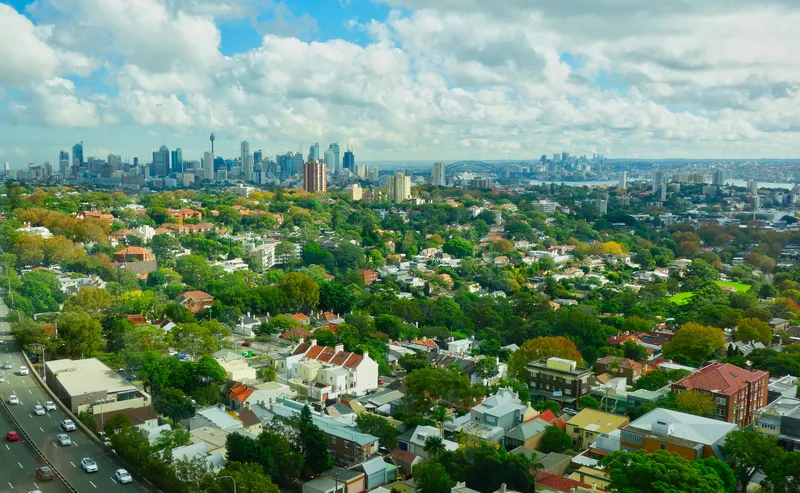The New South Wales (NSW) government in Australia is launching a 12 month program to uncover the trends and technologies that it claims will revolutionise the way the government and customers plan, build and use transport.
Announcing the Future Transport program, NSW Minister for Transport and Infrastructure Andrew Constance said he was calling on the world's brightest tech minds to find the next big idea that would shake up transport in the state.
Future Transport will kick off with a two-day summit
February 11, 2016
Read time: 2 mins
The New South Wales (NSW) government in Australia is launching a 12 month program to uncover the trends and technologies that it claims will revolutionise the way the government and customers plan, build and use transport.
Announcing the Future Transport program, NSW Minister for Transport and Infrastructure Andrew Constance said he was calling on the world's brightest tech minds to find the next big idea that would shake up transport in the state.
Future Transport will kick off with a two-day summit on 18-19 April, bringing together thought leaders, IT specialists, innovators, entrepreneurs, futurists, transport leaders and academics. The summit will also feature an Industry Ideas and Innovations Lab where companies can register to pitch products and ideas that could improve transport and the customer experience.
The Minister has issued invitations to more than 150 leading thinkers and practitioners to join the summit. The final summit program, website and speakers will be unveiled in the coming weeks.
The Future Transport program will also include opportunities for the community to get involved through online forums, a youth summit, and new partnerships with incubators to stay across emerging ideas and products.
“This summit will be the perfect platform to ignite innovative, creative and out of the box ideas that will transform transport for the better,” Constance said. "While we've made good progress with open data, collaboration with developers, apps and better regulation, it's no secret NSW has lagged behind the rest of the world and I am determined to turn that around.
"The state's population is going to increase by about 2 million people by 2031. As well as building new infrastructure, we need to look at smarter systems and technology driven solutions to cope with demand.
"We need to stay ahead of the game so it's time we ask, what are the next big ideas? What are the next systems and technologies that are going to challenge us and shape the transport system in NSW?”
Announcing the Future Transport program, NSW Minister for Transport and Infrastructure Andrew Constance said he was calling on the world's brightest tech minds to find the next big idea that would shake up transport in the state.
Future Transport will kick off with a two-day summit on 18-19 April, bringing together thought leaders, IT specialists, innovators, entrepreneurs, futurists, transport leaders and academics. The summit will also feature an Industry Ideas and Innovations Lab where companies can register to pitch products and ideas that could improve transport and the customer experience.
The Minister has issued invitations to more than 150 leading thinkers and practitioners to join the summit. The final summit program, website and speakers will be unveiled in the coming weeks.
The Future Transport program will also include opportunities for the community to get involved through online forums, a youth summit, and new partnerships with incubators to stay across emerging ideas and products.
“This summit will be the perfect platform to ignite innovative, creative and out of the box ideas that will transform transport for the better,” Constance said. "While we've made good progress with open data, collaboration with developers, apps and better regulation, it's no secret NSW has lagged behind the rest of the world and I am determined to turn that around.
"The state's population is going to increase by about 2 million people by 2031. As well as building new infrastructure, we need to look at smarter systems and technology driven solutions to cope with demand.
"We need to stay ahead of the game so it's time we ask, what are the next big ideas? What are the next systems and technologies that are going to challenge us and shape the transport system in NSW?”









